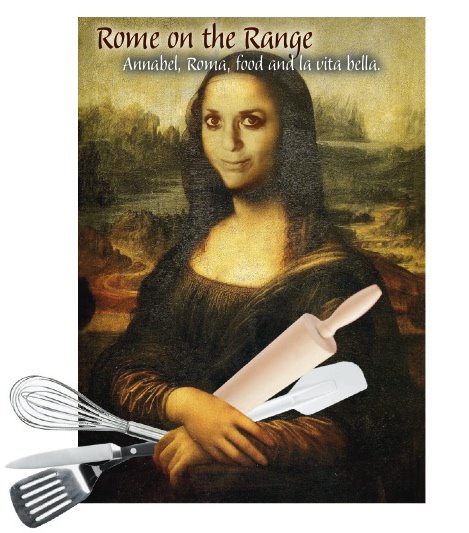

Everywhere you look on Italy's streets, vias, alley and piazzas, you'll see panettone. No, not the delicious holiday bread/cake/pastry with candied fruits you see on sale everywhere around the Christmas season. What you see are concrete lumps at the corners of buildings that stop cars, motorcycles and bikes, not to mention pedestrians, from bumping into corners of buildings. You see, with ancient towns, there are few sidewalks or "shoulders"on many of the streets, so buildings butt-up right to said streets. Apparently, the locals think these traffic control devices remind them of the dessert.
Jim Lahey’s, “Easy” Panettone
Ingredients:
1 cup raisins
2 Tbs light rum
2/3 cup tepid water plus 2 Tbs hot water, divided
3 ¾ cups all purpose flour
2/3 cup sugar
½ tsp salt
½ tsp instant dry yeast
¼ tsp grated lemon zest
½ vanilla bean, split lengthwise (I used 1 tsp vanilla extract)
3 large eggs, at room temperature
1 Tbs honey
12 ½ Tbs unsalted butter (10 ½ Tbs cut into Tbs size pieces and well softened; 1 Tbs melted; and 1 Tbs chilled)
2/3 cup candied fruits, chopped into small pieces if large.
Procedure:
Soak raisins in rum and 2 Tbs hot water (8 hours or overnight)
Mix flour, sugar, salt, yeast, lemon zest, and vanilla bean in stand mixer bowl with paddle until well mixed. In another bowl, whisk together the eggs, the honey, and the 2/3 cup of tepid water. With mixer at low speed, slowly pour the egg mixture into the flour mixture – up speed to medium low, and continue mixing until well combined. Add 10 ½ Tbs softened butter, 1 Tbs at a time, mixing until well incorporated between additions (Frozen/cold butter softens nicely in the microwave, but since each is sooo different, you’ll have to experiment to find the perfect time for yours – mine would be soft in about 15-25 seconds for this chunk.). Increase mixer speed to med high and mix until dough is smooth and elastic – about 8 minutes.
Drain raisins and mix with chopped fruit and 1 Tbs melted butter – stir into the dough mixture with a wooden spoon.
Put mixture into a large bowl, cover with plastic wrap, and put into a cold oven for 12-15 hours.
Lightly flour a board, and put the dough on the board – remove the vanilla bean, and sprinkle a light dusting of flour over the dough – pull the edges of the dough up onto itself, and turn it over into a ball.
Prepare your Panettone mold with either a paper liner or a piece of baker’s parchment held with a paper clip – move the dough into the mold, cover with a damp kitchen towel (not terry), and put in a warm spot where it can rise for 3-5 hours.
With an hour left in the dough rising time, turn your oven on to 370 degrees, and heat.
Cut an X in the top of the risen Panettone, and place the remaining Tbs of cold butter in the middle of the X – Put the Panettone mold/can on a baking sheet/pan and bake for an hour to an hour and a quarter – I needed 1 and ½ hours – test doneness with a skewer; it should be moist but clean – if you see dough, give it another 5-10 minutes.
When done, remove from oven, and remove from mold/can – measure 1 inch from the bottom of the Panettone and slide 4 skewers through the bottom from one side to the other – now suspend the Panettone upside down into a large stock pot (or two chairs), and let it cool completely, about 1 hour.

Panettone – a worthy addition to the special treats of Butter Season – and a holiday tradition that deserves, at least, to be on every baker’s resume. Try it – it may become your tradition too.







































